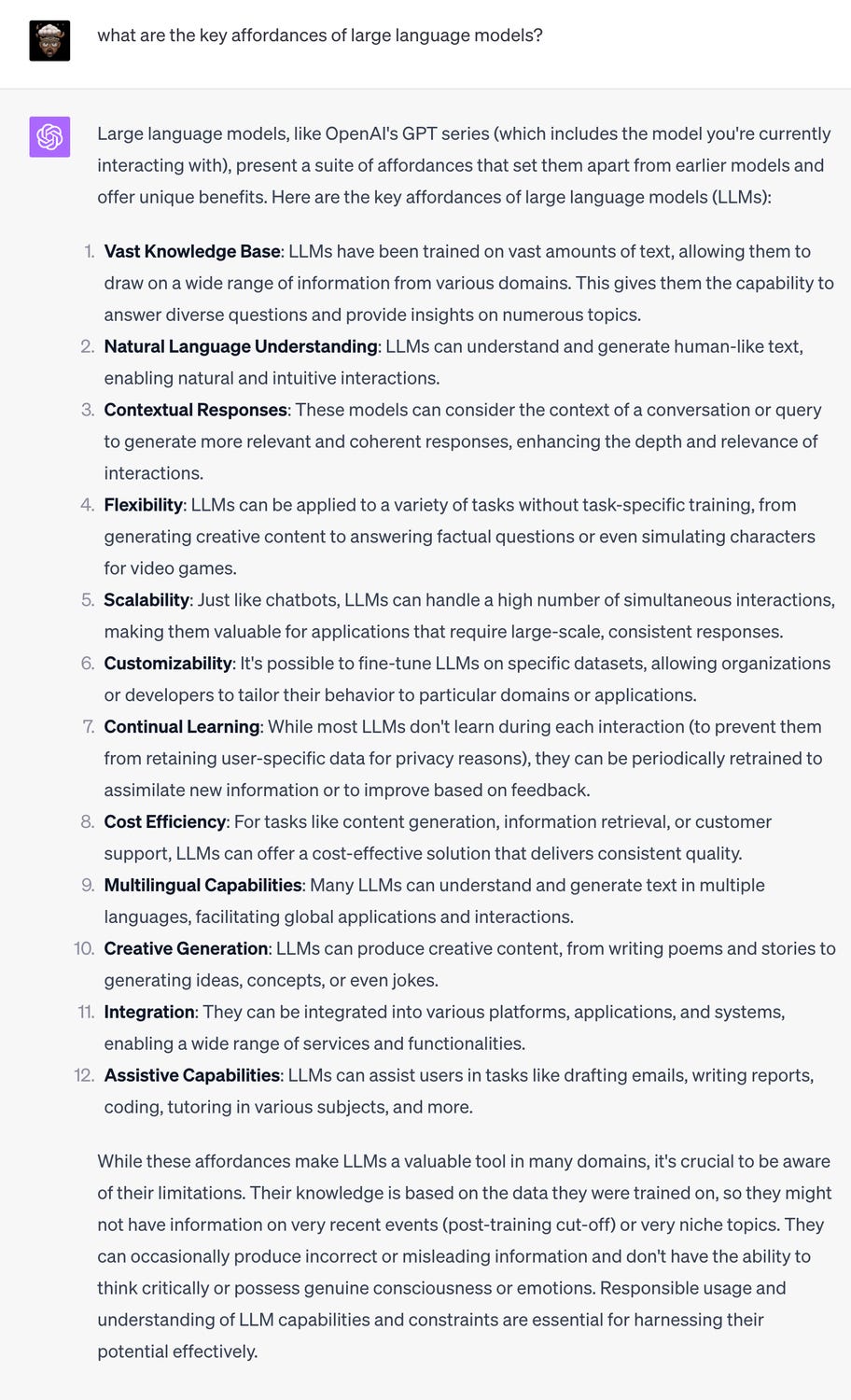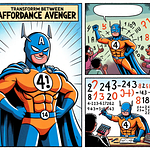Stones are made for throwing. Handles are made for pulling (and sometimes pushing). These lessons don't need to be taught; they are 'directly perceived,' according to J.J Gibson, the heterodox perceptual scientist.
J.J. Gibson was a really influential cognitive scientist, psychologist from the mid 20th century. He wrote several books. He was an unusual scientist in that his big publications weren't peer reviewed journal articles, they were monographs, these books that he wrote. And he was outside of the mainstream of cognitive science thought in a variety of ways.
But he had a number of ideas that have continued to come back into the mainstream and shape thought. And one of them, arguably his biggest, was this notion of affordances, which is just that our environment allows particular actions. A handle on a cup affords grabbing and a handle on a door affords pulling. Affordances connect the oldest tools that we have invented - some even before we became human - with tomorrow's spacecraft:
Donald Norman built upon Gibson's concepts, and brought them into the practice of Human Centered Design. Norman advocated a design approach that prioritizes human needs, suggesting that we should shape our objects, buildings, and systems to cater to humans rather than expecting individuals to adapt to the design of these entities. This perspective revolutionizes how we approach creation and innovation. Instead of merely considering aesthetics or functionality in isolation, Norman emphasizes the symbiotic relationship between artifacts and their users.
Don't believe us? Here's ChatGPT giving it's summary of the topic:
By putting humans at the core, designers can craft solutions that are not only functional but also intuitively relatable, enhancing overall user experience and satisfaction. Such an approach not only benefits the users but also makes the creations more sustainable and effective in the long run. After all, designs that resonate with human instincts and behaviors are less likely to become obsolete. It challenges designers to prioritize empathy and understanding, forging a stronger bond between humans and the designed environment.
Every single one of us has tried to open a door when it should be closed that way or the other way around. In his masterwork, "The Design of Everyday Things," Norman has examples of doors that you can't tell how they're supposed to operate. Are you supposed to pull them or push them? It's not obvious how you interact with them because usually something like a handle could be used to pull a door, but sometimes you have a big handle and you have to push it. If you haven't read the book, just search for "Norman Doors" and chuckle at the examples.
What are the affordances of AI?
The most prominent affordance of Chat GPT is its bias towards dialog. Unlike previous computer screens, whether it's a swipe or it's entering of text or a click, they're all interactions in which there's only one agent while with chat GPT, there are two interacting entities and that's the dominant feeling of engaging with this screen.
Something about the interface of a chat bot encourages you to engage in dialogue. As Richard says: "You come into it with the feeling of this is another person that I'm interacting with. And I think it's really because of the interface that it can answer questions intelligently."
Hungry for more? ChatGPT has a thorough response to what it can do:
The other interface that I'm somewhat familiar with is MidJourney, that helps me create images (like the header image in this essay). I am always surprised by the responses I get. It feels like an external unconscious because it takes my inputs and gives me illustrations that have things that I would not have thought about. It helps me understand what I'm looking for better than if I had just written those words.
As Richard says, "The command aspect of it is more explicit. where you're giving it a command and it's going to carry it out."
Do chat and command exhaust the affordances we will value the most? I'm talking about five to 10 years not 500 years, will the space of human augmentation done by AI be more in the 'I command you obey' mode, or is it going to be a more of a duet or something totally different? We are instinctively aware of being in an interactive world with other human beings but for the first time we are going to be in an interactive world with machines.















